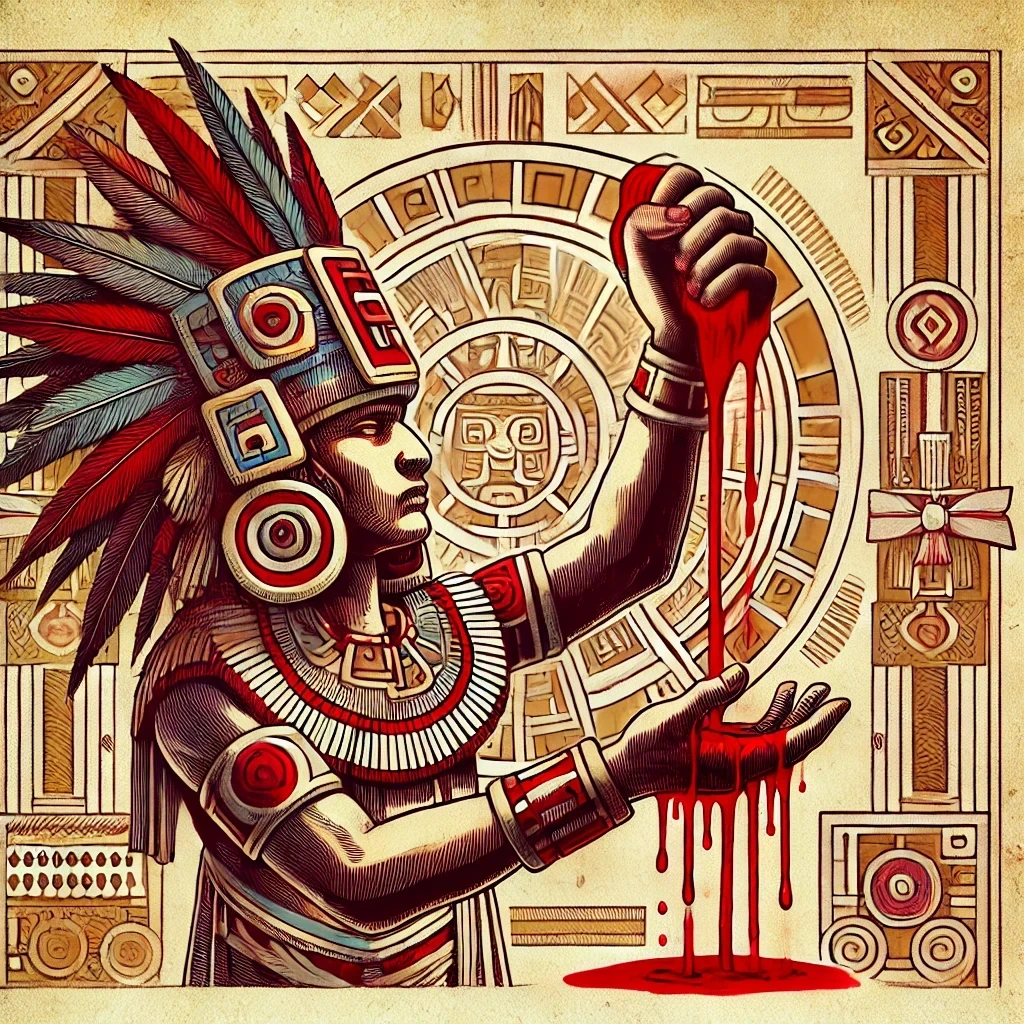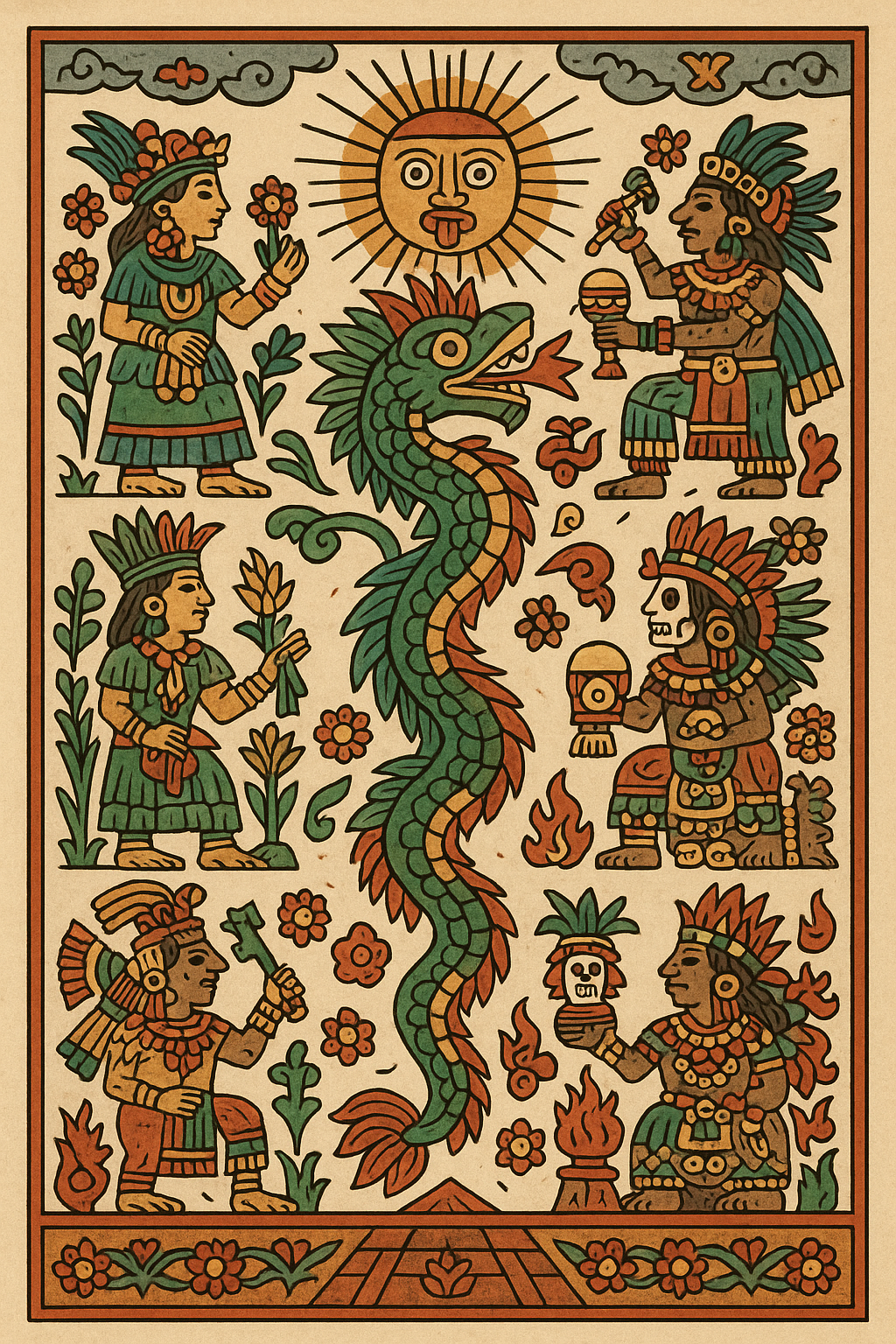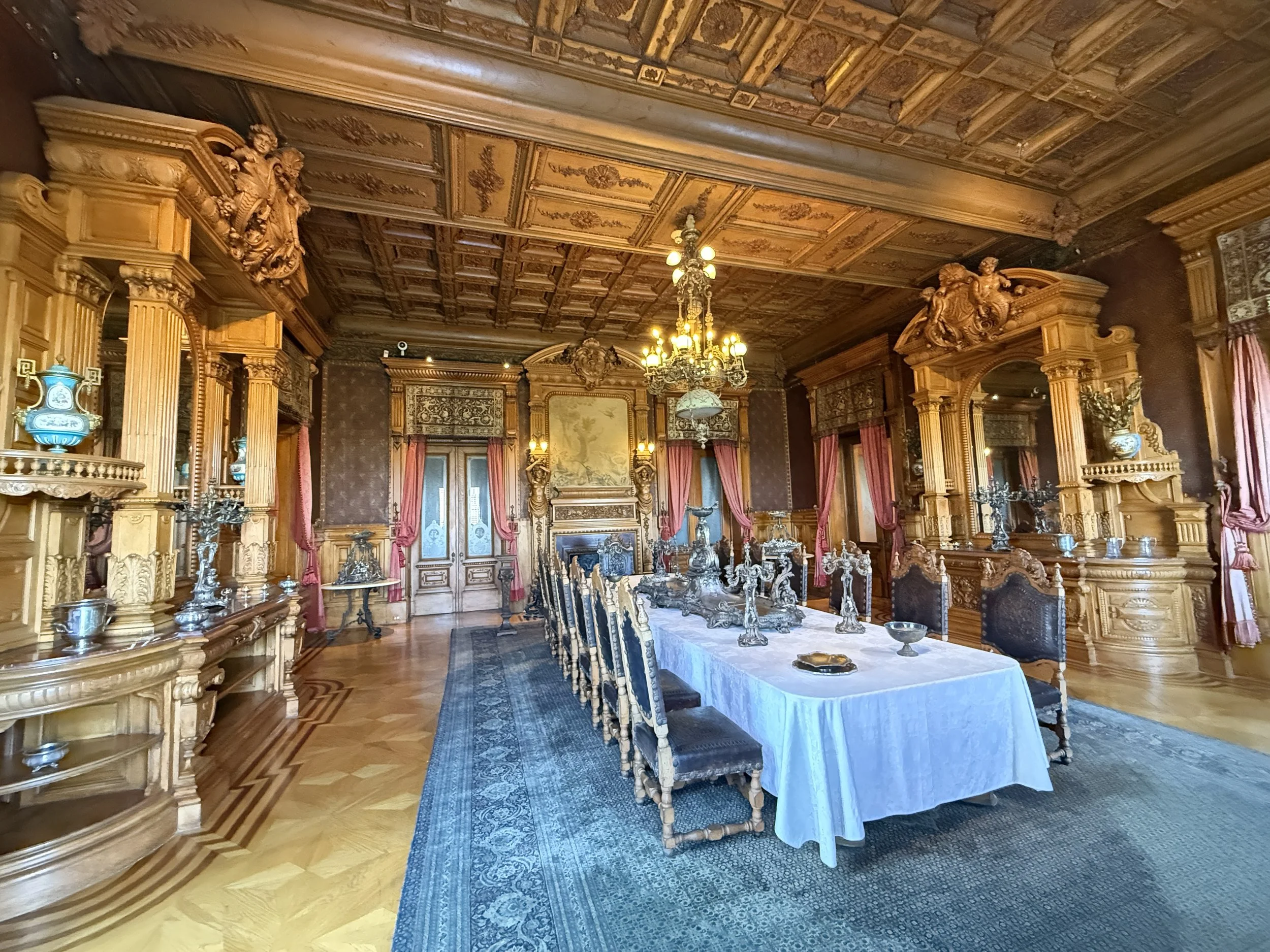Remedios Varo, Frida Khalo and Diego Rivera are all part of the rich heritage of Mexican artists honored at this all-too-often-overlooked museum.
If you’re not all tied up, make a visit to the National Museum of Mexican Art in Chicago — it’s dog-gone great!
It’s one of our favorite fall activities. Every October, Duke and I make a trip to the National Museum of Mexican Art on the South Side of Chicago to see the ofrendas set up for the Day of the Dead. These altars for loved ones who have died are always colorful, touching and artistic — and, despite being tributes to the dead, they never fail to make you smile.
An ofrenda to Diego Rivera, one of the most famous Mexican artists of all time
Plus, it’s an excuse to wander the Pilsen neighborhood to see its street murals and grab some tacos and tamales. Pilsen is known as a Mexican neighborhood, though the artists who once called it home got priced out and vacated to Logan Square (and have most likely been priced out again and moved on to the new up-and-coming enclave).
When you visit the museum, be sure to take a walk through the colorful neighborhood of Pilsen and go mural-hunting.
We were unable to see the ofrendas this year because of that pesky pandemic, so we reached out to the museum to tell us a bit more about one of the most impressive cultural centers in the city and to share their favorite artists (the founder seems particularly fond of the Surrealists).
The gift shop at the museum is filled with great Mexican handicrafts.
When the museum reopens, be sure to visit. It’s a small space, so you could easily see it all in one visit. And the gift shop is an exhibition itself, filled with Mexican handicrafts, from brightly painted fantastic beasts to comical skeletons. If that’s not enough to entice you, admission to the National Museum of Mexican Art is always free.
Here’s a Q&A with the museum’s founder, Carlos Tortolero. –Wally
Duke loves the National Museum of Mexican Art thiiiiiiiis much!
Wally in front of a cool exhibit with knitted fruit
How did the museum come about?
Founder Carlos Tortolero, a former high school teacher who’s now president of the museum, invited four of his fellow teachers and his sister, also a teacher, to form a nonprofit to create a museum in 1982.
CHema Skandal’s take on lotería cards depicts Donald Trump as “the Evil One.” After launching his political career by calling Mexicans rapists and drug dealers, we agree with that moniker.
What is its mission?
To showcase the richness of Mexican art from both sides of the border from ancient times to the present.
Laura Molina’s Amor Alien from 2004 is part of the museum’s permanent collection.
Tell us about Mexican art.
Mexican art is an amazing cultural tradition. From ancient times to the present, the manifestations of Mexican art have earned worldwide recognition.
Who are some of your favorite artists?
Artists who are deceased that I admire are:
Saturnino Herrán
Saturnino Herrán, The Offering, 1913
Remedios Varo
Remedios Varo, Simpatía (La Rabia del Gato), 1955
José Celmente Orozco
José Celmente Orozco, The Trench, 1926
Diego Rivera
Diego Rivera, detail from Dream of a Sunday Afternoon in Alameda Park, 1948
David Alfaro Siqueiros
David Alfaro Siqueiros, La Marcha de la Humanidad, 1966
María Izquierdo
María Izquierdo, Viernes de Dolores, 1945
Frida Kahlo
Frida Kahlo, The Two Fridas, 1939
Salvador Dali
Rene Magritte
Living artists:
Patssi Valdez
Patssi Valdez, The Enchanted Garden, 2005
John Valadez
John Valadez, Pool Party, 1987
Marcos Raya
Marcos Raya, Girl With Prosthesis, 2010
Nahum Zenil
Nahum Zenil, Con Todo Respecto, 1983
Murals have long been an important part of Mexican culture.
What’s special about the Pilsen neighborhood?
Pilsen has historically been a port of entry for immigrants from Europe and now from Mexico. There’s a dynamism of activism that has always made Pilsen stand out from other communities. Pilsen also has excellent restaurants and bakeries based on Mexican cuisine.
Skeletons are a popular motif in Mexican art — especially around Día de los Muertos.
What else is the museum used for?
The museum hosts numerous events during the year, from health workshops dealing with health issues like HIV, cancer and lupus, community fundraisers, immigration presentations, city-wide initiatives and, of course, presentations of authors, musical groups and theater.
Popocatépetl and Iztaccíhuatl by Jesus Helguera welcomes visitors to the permanent collection gallery at the National Mexican Museum of Art.















































